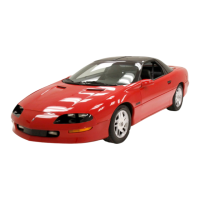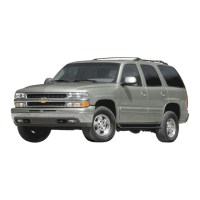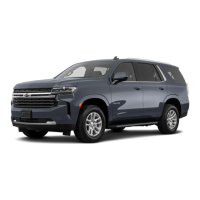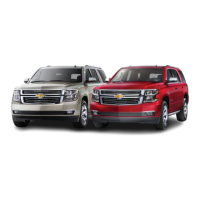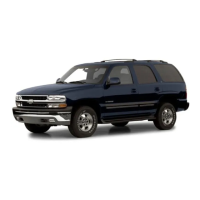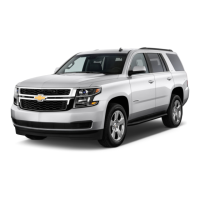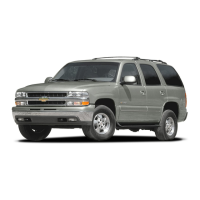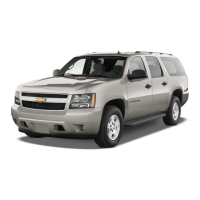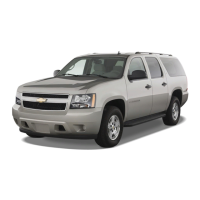Hitches
It’s important to have the correct hitch equipment.
Crosswinds, large trucks going by and rough roads
are
a
few reasons why you’ll need the right hitch. Here
are
some rules to follow:
0
..
0
If you use a step-bumper hitch, your bumper could
be damaged in sharp turns. Make sure you have
ample room when turning to avoid contact between
the trailer and the bumper.
If you’ll be pulling
a
trailer that, when loaded, will
weigh more than
4,000
lbs.
(1
800
kg), be sure to use
a properly mounted, weight-distributing hitch and
sway control of the proper size.
This
equipment is
very important for proper vehicle loading and good
handling when you’re driving.
Will you have to make any holes in the body of your
vehicle when you install
a
trailer hitch?
If you do, then be sure to seal the holes later when
you remove the hitch. If you don’t seal them, deadly
carbon monoxide (CO) from your exhaust can get
into your vehicle (see “Carbon Monoxide” in the
Index). Dirt and water can, too.
Safety
Chains
You should always attach chains between your vehicle
and your trailer. Cross the safety chains under the tongue
of
the trailer,
so
that the tongue will not drop to the road
if it becomes separated from the hitch. Instructions
about .safety chains may be provided by the hitch
manufacturer or by the trailer manufacturer. Follow the
manufacturer’s recommendation for attaching safety
chains and do not attach them to the bumper. Always
leave just enough slack
so
you can turn with your rig.
And, never allow safety chains
to
drag on the ground.

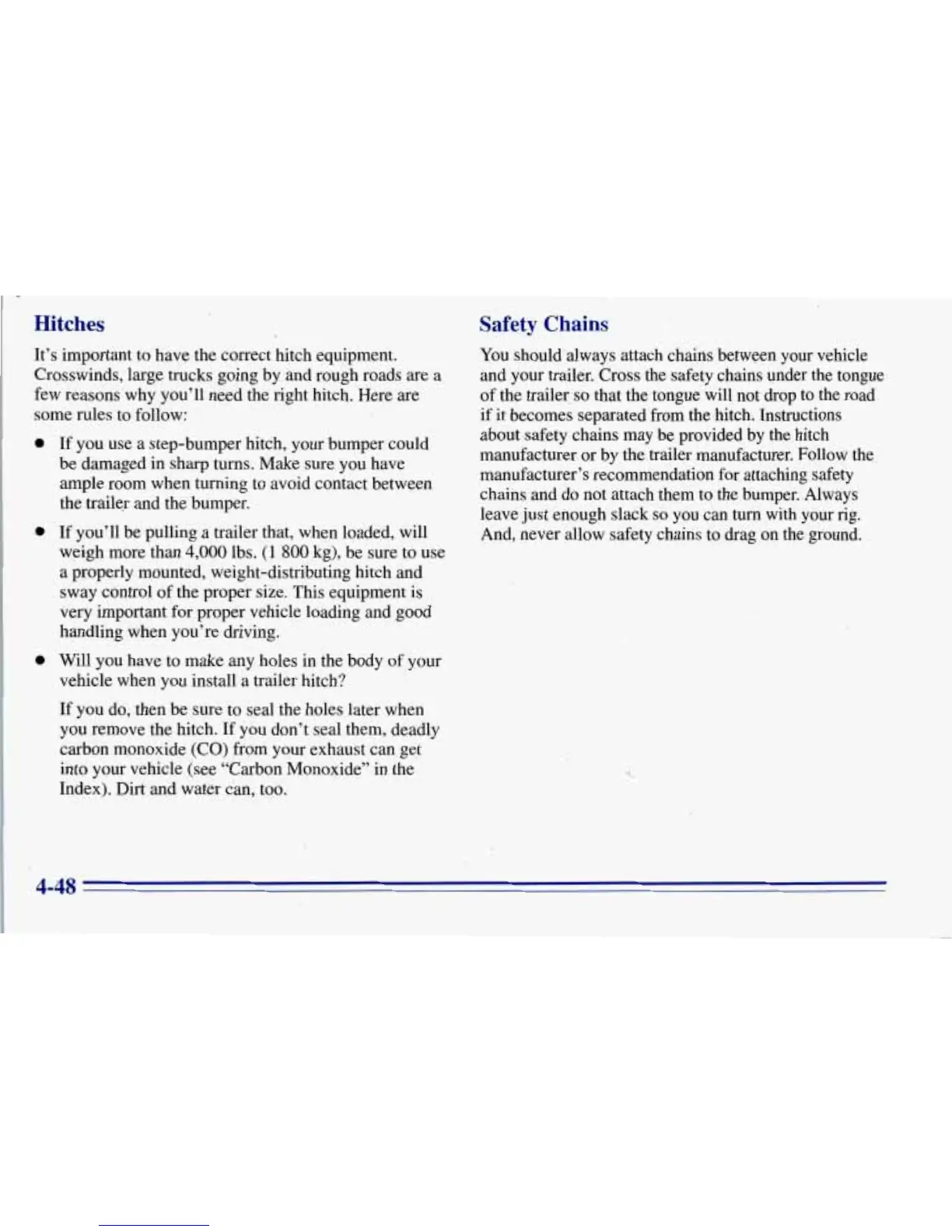